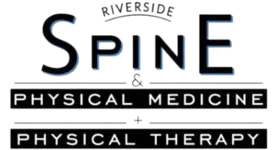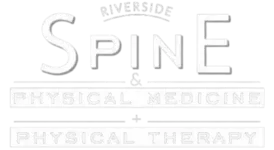Clarksville
121 W Dunbar Cave Rd,
Clarksville, TN 37040
P: 931-542-9420
F: 931-542-9422
riversidespinephysmed@gmail.com
Chiropractor in Clarksville
Offering a unique & comfortable healing environment for all
Chiropractic, Medical Care and Physical Therapy in ONE Place.

5-Star Google Rating
We are proud to have a 5-star Google rating! This demonstrates our commitment to excellent service and hopefully builds trust with new customers!

Facebook 5-Star Rating
Our Facebook 5-star rating is a testament to our exceptional service and commitment to customer satisfaction. Thank you for your continued support!

Best of Clarksville 2022
We are the Best of Clarksville 2022 winners! We could not have done this without the help of our wonderful clients!

Best of Clarksville 2023
We are the Best of Clarksville 2023 winners! We are proud to announce that we are back-to-back winners of the “Best of Clarksville” award! Thank you to all who voted for us!
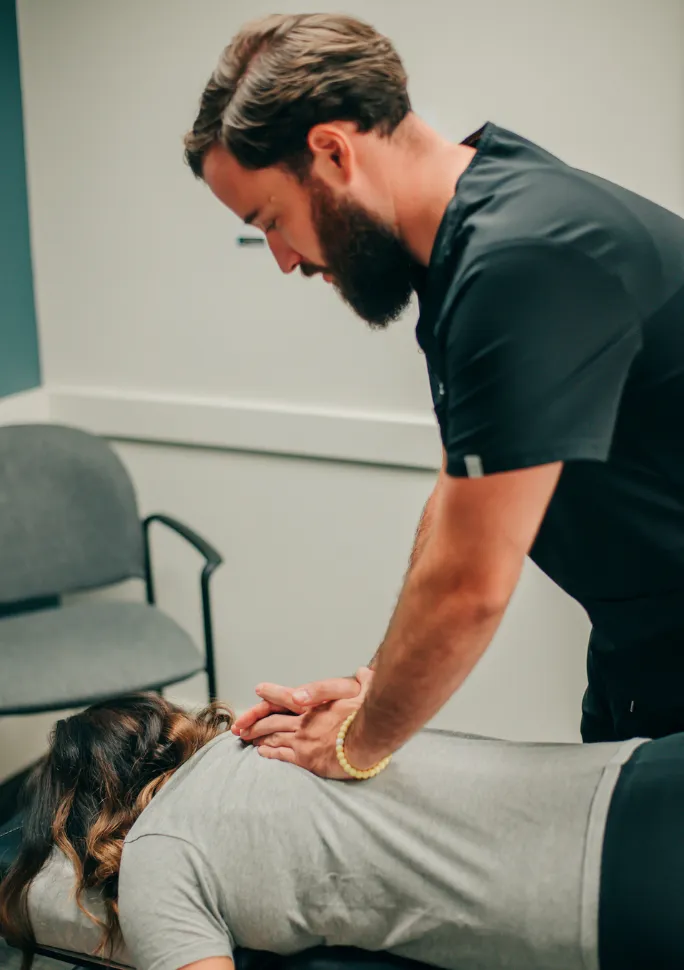
Top Rated Chiropractors in Clarksville
Are you struggling with pain, discomfort, or limited movement that hinders your everyday activities? Our highly skilled team of professional chiropractors and physical therapists are here to provide you with a roadmap to enhanced well-being and a life free from pain. We are experts in a range of treatments, including advanced techniques, ensuring you receive the highest quality of personalized care.
Chiropractic is more than just immediate treatment; it’s a holistic approach to your health. Recognizing the pivotal role of chiropractic care and effective weight loss strategies in overall wellness, our chiropractors and physical therapists work in unison with our experienced chiropractors and dietary experts. This collaboration is essential in delivering a well-rounded treatment plan, optimizing your recovery, and promoting long-term health.
Personalized Care from Our Team
There are no two people exactly the same. Therefore, injuries can be different even though they may affect the same body part. Our expert medical team will evaluate your condition and create a customized treatment plan with our chiropractic, physical therapy and medical weight loss programs that will get you back on track to being your best. Our staff will guide you through each visit with personalized attention and dedication.
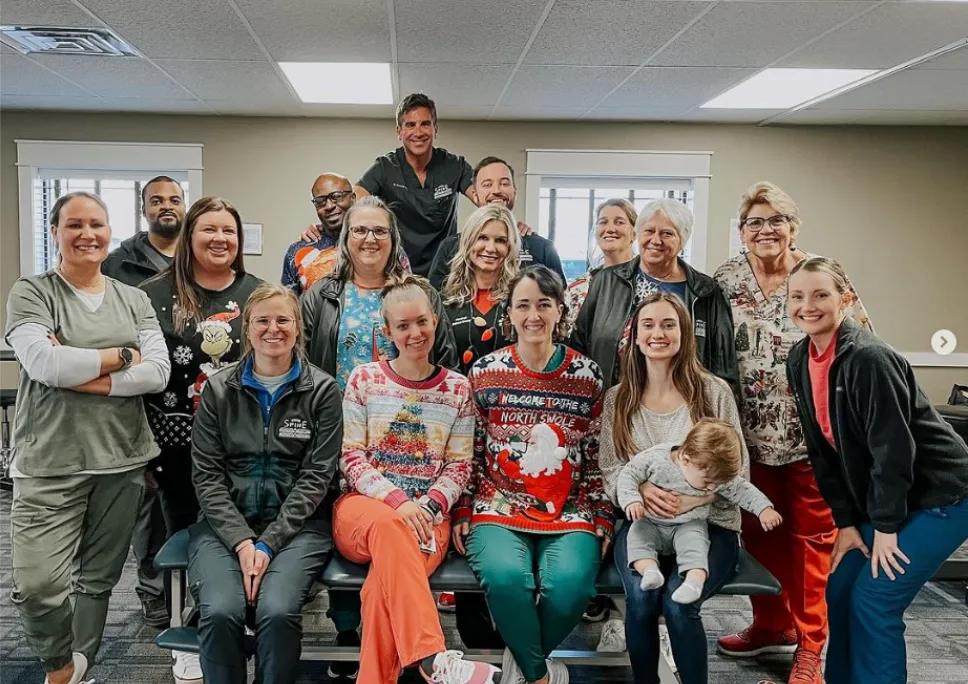
Our Proven 4-Phase Recovery Program
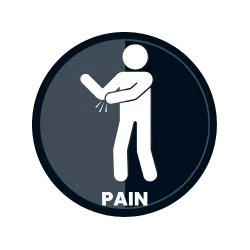
It can be frustrating and overwhelming when you’re in pain and don’t know where to turn for help. Our team of experts will work with you one-on-one to identify the root cause of your pain and create a personalized treatment plan that will reduce your pain quickly. We’ll also provide you with helpful resources like exercises and pain reduction tips so you can continue to progress even after leaving our clinic. On average our patients see a significant reduction in pain in 6 visits or less.

We all know that reducing pain is important, but sometimes it’s hard to stay motivated after the initial relief. It can be tough to keep up the momentum after your pain has subsided. You may feel like you’re stuck in a rut and don’t know how to get moving again. During Phase II, we help you regain your mobility, flexibility, and strength so you can continue on your path to success. With our help, you’ll be primed for future performance and able to prevent injury.

You’ve been sidelined by an injury and you’re eager to get back to your old self as soon as possible. It’s frustrating when you’re injured and can’t do the things you love. Sitting on the sidelines is hard, especially when everyone else seems to be moving on without you. That’s where our team of experts come in. We’ll help you rehab your injury so that you can get back to your old self as quickly as possible. With our personalized treatment plans and experienced therapists, we’ll have you feeling like yourself again in no time.

You’ve just suffered an injury and the last thing you want to do is go through the pain again. It’s normal to feel concerned that the injury will occur again. In fact, most people worry about this very thing. That’s why our staff make sure that you are equipped with the tools needed to prevent any future injury. We’ll help you recover quickly and safely so that you can get back to your life as soon as possible.
Success Stories & Testimonials
Meet Our Team
Dr. David M. Allen
Chiropractic Physician
Dr. Tyler J. Jennings
Chiropractic Physician
Amanda Scott
APRN
Treatments
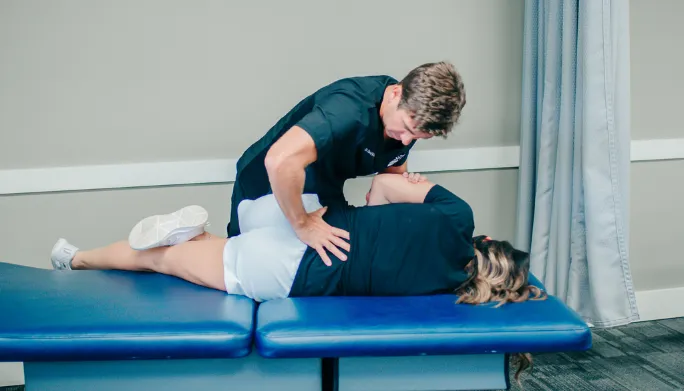
Chiropractic
Chiropractic is a type of alternative medicine that focuses on the diagnosis, treatment, and prevention of conditions related to the musculoskeletal system, particularly the spine. The primary goal of chiropractic care is to alleviate pain, improve functionality..
Medical Weight Loss
Every person and every family has different needs, different schedules and different styles. Your dedicated weight loss team will work side by side you and your family, customizing a weight loss plan to fit your goals and your timeframe.
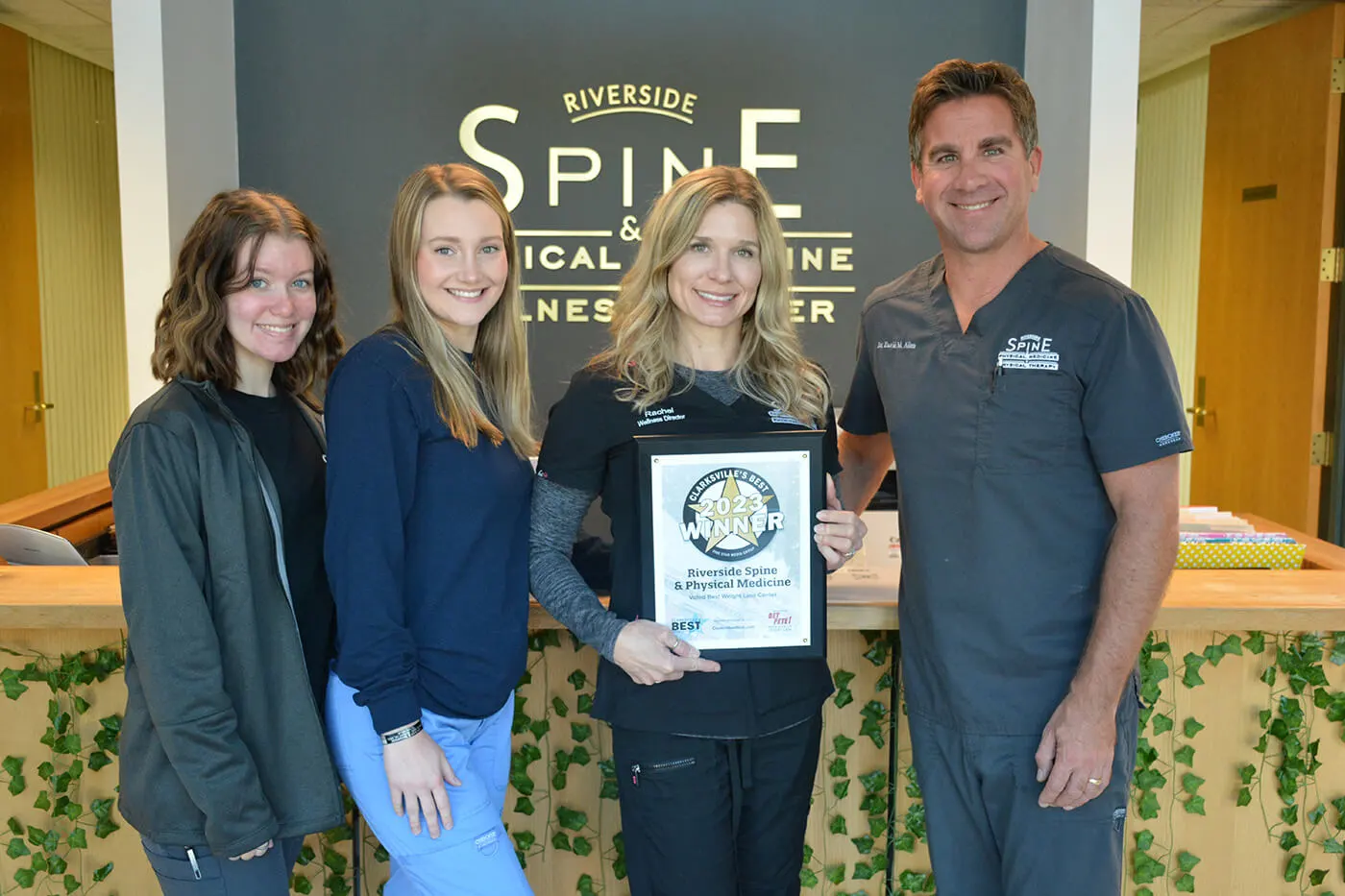
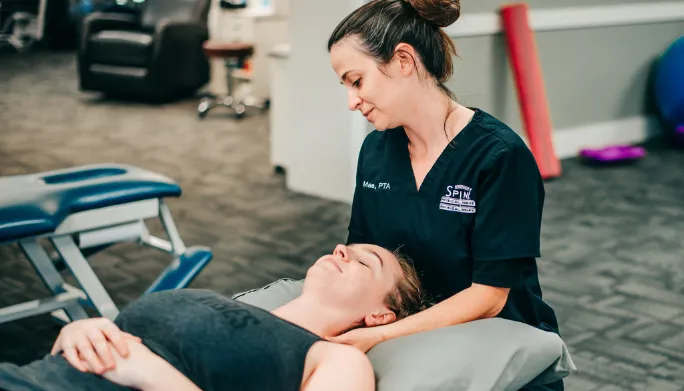
Laser Therapy
The LASER works by creating an increase of blood supply, bringing in oxygen to the cells. It stimulates the lymphatic system, pulling swelling and inflammation from the area. The body’s basic unit of energy, ATP (Adenosine triphosphate)..
Massage Therapy
Massage is a soft tissue technique that increases blood and lymph circulation throughout the body and is a general term for rubbing, pressing and manipulating your ligaments, tendons, muscles and skin. . Massage also assists in healing muscle soreness..
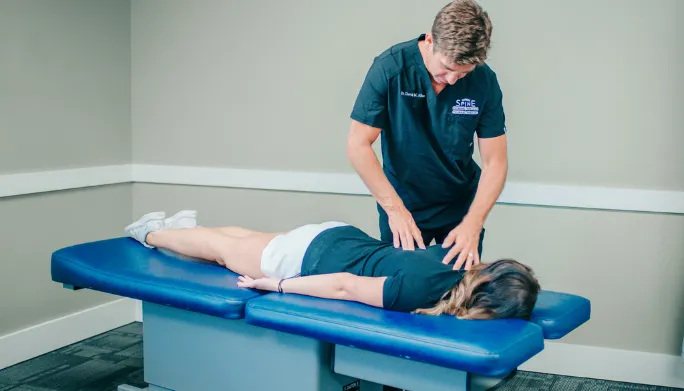
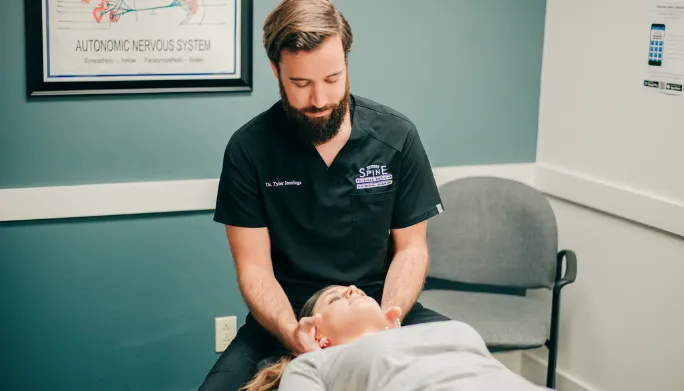
Migraine Treatment
For most people in Clarksville, over-the-counter painkillers are the first line of defense against headaches. While these analgesics – including aspirin, ibuprofen, and acetaminophen – provide temporary relief, they can also cause rebound headaches..
Physical Therapy
Physical therapy is a great first-line treatment for most muscle and joint problems. Clinically proven to reduce pain and dysfunction, physical therapy also saves you time and money too. Although other kinds of practitioners will offer some of these treatments..
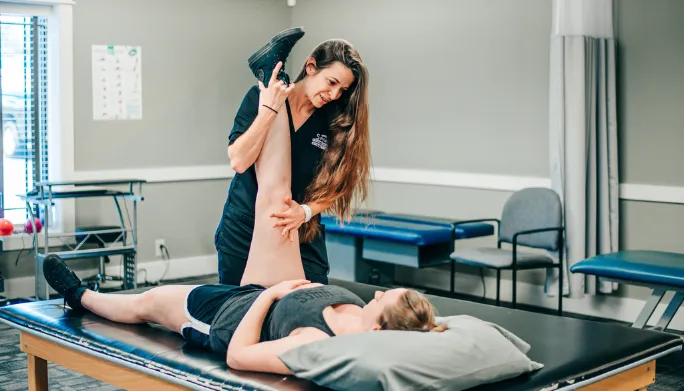
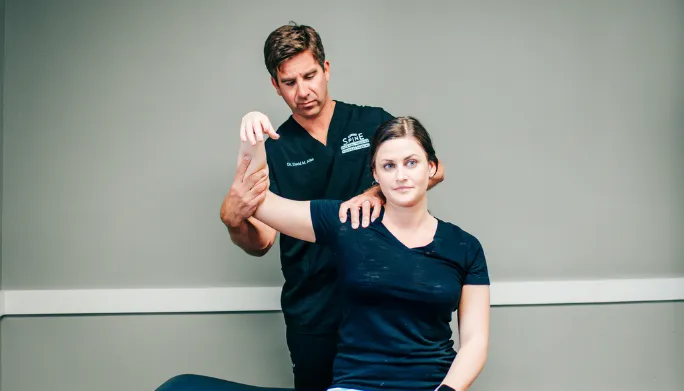
Sports Rehabilitation
Whether you’re a weekend warrior or a serious athlete, sports injuries are a fact of life. A twisted ankle or an aching back can usually be treated at home. But for those breaks and tears that call for immediate medical attention, or those pains that just aren’t going away..
Pregnancy and Pediatric Chiropractic Care
Embarking on the journey of motherhood and nurturing young children requires special attention to physical health. Riverside Spine and Physical Medicine in Clarksville specializes in Pregnancy..

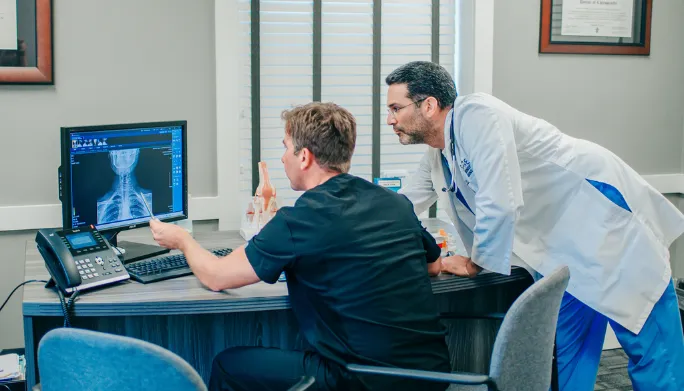
Cupping
Cupping is not a new therapy although it had a recent surge in popularity as high profile athletes have been seen with the characteristic large red dots on their skin during sporting events. Cupping in our clinic is most often used to increase soft tissue mobility..
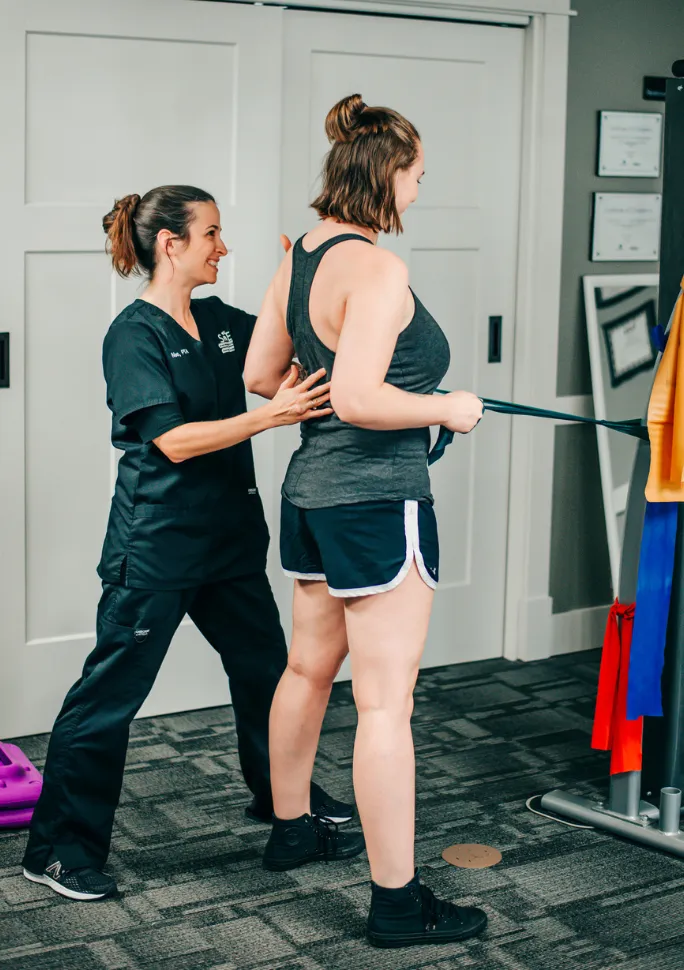
Live Pain Free in Clarksville
At our clinic, our team of skilled physical therapists is committed to promoting a life of health and activity, alleviating pain, and overcoming limitations. Dealing with chronic pain, injury recovery, or muscle weakness can be challenging, but our deep understanding of these issues guides our approach, helping you regain strength and return to an active lifestyle.
We believe in a holistic approach to health, combining our physical therapy expertise with chiropractic care to improve musculoskeletal health. This integration, along with personalized weight loss programs, aims to enhance flexibility, reduce discomfort, and improve overall physical wellness, guiding you back to a fulfilling, active life.
This is how we do it:
- Tell us your story
- Get your customized plan.
- Start feeling better.
- Conquer your goals.
Our Weight Loss Programs
Transform your health journey with our specialized weight loss programs, where top-notch physical therapy meets chiropractic care!
Our uniquely tailored programs are more than just weight loss; they empower you to conquer pain and embrace strength. Starting with expert pain management, we pave the way for a healthier you. We then progress to corrective exercises, meticulously designed to fortify your body.
As you evolve, we introduce functional training activities, each step bringing you closer to your wellness goals. We focus on injury prevention – a vital component to maintain your newfound strength and ensure long-lasting health. Embrace the change, and let us guide you to a stronger, healthier life! To learn more click the button below!
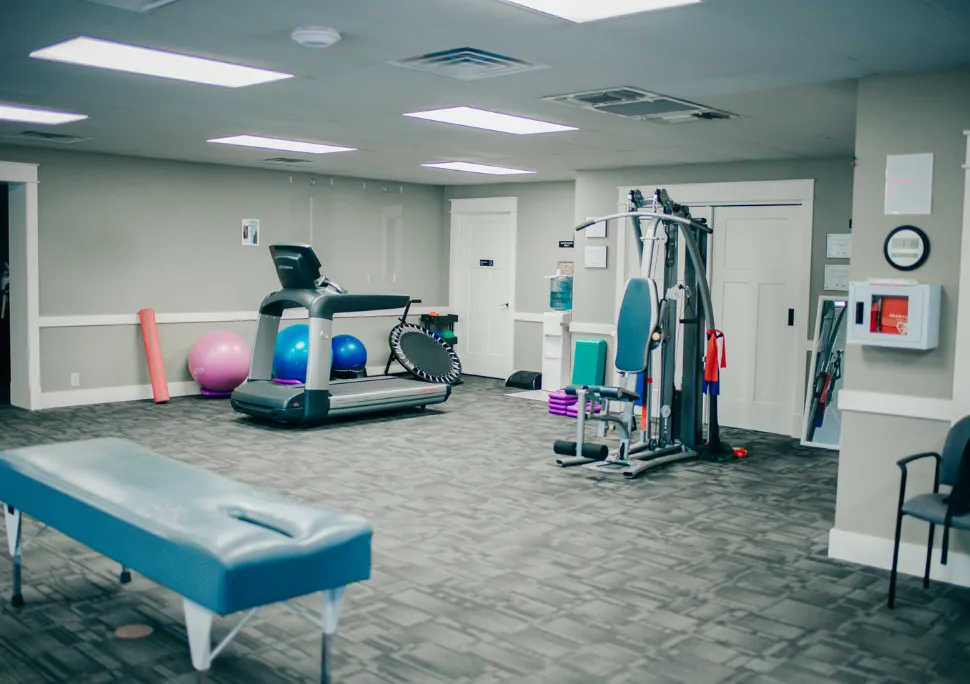
Frequently Asked Questions
What should I expect during physical therapy and chiropractic sessions?
Sessions typically involve an assessment of your condition, manual techniques to improve mobility and flexibility, individualized exercises and activities to help you reach your goals, education on how to prevent further injury or pain, and instruction on proper posture, body mechanics and other lifestyle changes.
Do I need a referral from my doctor before attending Physical Therapy?
In the State of Tennessee, the DIRECT ACCESS legislation was passed in 2007 allowing licensed Physical Therapists (PT) to evaluate and treat patients without first seeing a physician.
What do I need to wear or bring with me?
You should dress in comfortable, loose clothing that allows you to move easily and doesn’t restrict circulation. Depending on your condition, we may also recommend special shoes or a brace. You should also bring any paperwork related to your medical history, including x-rays, ultrasounds, and doctor’s notes.
Is there anything I can do before my appointment to prepare?
Yes! Make sure you arrive for your session well-rested so that you can give it your full attention and energy. It is also helpful if you keep track of how much pain medication (if any) you take prior to the appointment so that our staff can adjust the intensity of treatment accordingly.
How long will my sessions last?
Sessions typically last 30-60 minutes depending on your condition and the types of techniques used. Your physical therapist will give you an estimate when you first arrive for your appointment.
Are there any exercises I can do at home between appointments to help improve my condition?
Yes! Your physical therapist may provide specific exercise recommendations for you to try in between visits, which will help speed up your recovery and progress faster toward reaching your goals. It’s important to follow these carefully and always check with your PT before starting a new exercise program if you have any questions or concerns.
What if I have questions after my session?
Your physical therapist or chiropractor should be available to answer any questions or concerns you may have about your treatment plan before and after each visit. You can also contact the clinic directly for further assistance. We want you to get the most out of every session!
Will insurance cover my treatment?
It depends on your insurance plan. Most plans cover some or all of the costs associated with physical therapy, but you should check with your provider to determine coverage and any associated fees.
How often will I need to attend physical therapy sessions?
The frequency of visits will depend on your individual goals and condition, but typically it is recommended that patients attend 2-3 times per week for a minimum of 4-6 weeks in order to maximize results. Your therapist will provide more details during your initial appointment.
How long will it take for me to see results?
Every person’s situation is unique; therefore the amount of time needed to reach goals varies. With commitment and dedication from both you and our staff, you can expect to start seeing results within a few weeks. The more positive lifestyle changes you make, the faster your progress will be!
Will my physical therapist or chirpractor be able to answer any questions I have about my condition?
Yes! Your physical therapist or chiropractor should be available to discuss any concerns or questions you have regarding your condition or treatment plan. Don’t hesitate to bring up any issues that may arise during the course of therapy.
What if I feel too much pain during a session?
If at any time during your session you experience increased pain, it’s important to let your therapist know so they can adjust the intensity or technique as necessary. Your therapist will work with you to make sure that treatment is comfortable and effective for you.
How will I know when I no longer need physical therapy?
Your physical therapist should be able to provide guidance on when it is appropriate to stop attending physical therapy sessions based on your progress, goals, and overall health status. It’s important to listen to your therapist and continue with treatment until they feel you are ready to move on.
